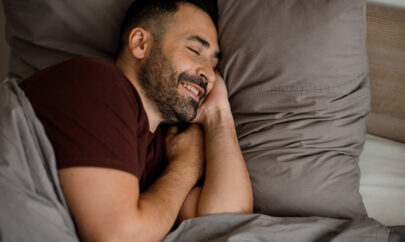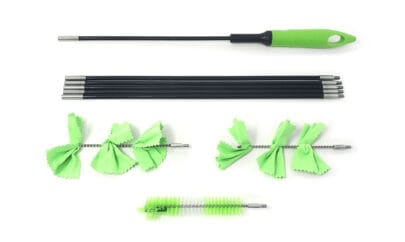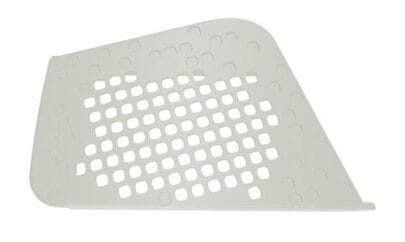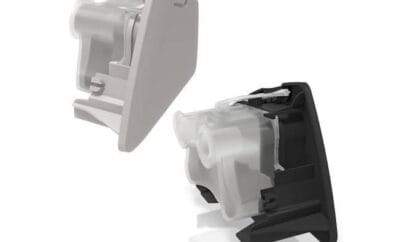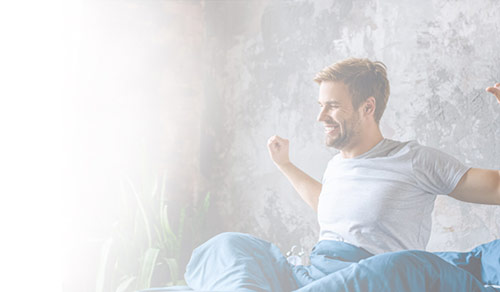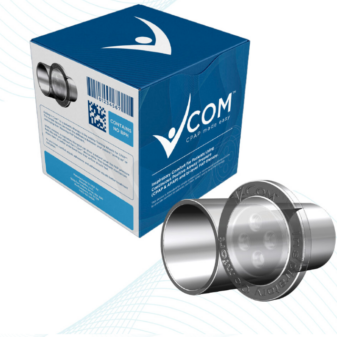
Enjoy Comfort and Ease with the Right Sleep Apnea Headgear
Have you been grappling with the ongoing effects of obstructive sleep apnea? If so, you might already be using a PAP (positive airway pressure) device during the overnight hours.
Numerous studies highlight the benefits that these units can provide — and in the majority of cases, many of your sleep apnea symptoms will disappear over time.
You’ll find that sleep apnea gear is not “one size fits all” as everyone has different needs. Various factors such as age, body type, weight, sleeping habits, and personal preferences will all come into play.
What issues should be addressed so that you will be able to make an informed decision? Let’s examine several variables and takeaway points.
The Role of Sleeping Positions
Most experts will argue that your sleep position is a crucial variable.
For example, certain types of headgear for sleep apnea are suited for those who sleep on their backs while others have been specifically designed for side sleepers.
For example, a mask that comes loose while you’re asleep will not provide your body with the oxygen required. As a result, you might suddenly awake or experience other OSA-related symptoms (such as excessive snoring or waking up with an extremely dry throat).
The good news is that there are numerous types of masks available. Let’s take a look at some common designs as well as how each can be used to accommodate specific sleeping positions.
Side Sleepers
Believe it or not, sleeping on your side is considered an excellent way to alleviate the symptoms of obstructive sleep apnea. The only problem here is that it can be challenging to find a mask that will remain in place.
Nasal masks are a viable solution. Sometimes known as “nasal pillow” masks, this type is less likely to be jostled if it touches a pillow. The minimalistic nature of nasal masks is also a nice option for those who aren’t comfortable with a full face mask and aren’t habitual mouth breathers.
Back Sleepers
Sleeping on your back can worsen the snoring and other symptoms of obstructive sleep apnea. But a high-quality face mask will often make a great difference. You will also be happy to learn that you could benefit from many different CPAP mask types. We should nonetheless point out that sleeping on your back may make it more difficult for your airways to remain open. It might therefore be a good idea to obtain a full face mask. Here are some models to examine in greater detail:
- The Philips Respironics DreamWear
- The ResMed AirFit F20
- The AirFit F30i
Keep in mind that some models will allow you to manually control the air pressure; a nice touch for those who are prone to sleeping on their backs.
Stomach Sleepers
This is one of the most challenging positions due to the simple fact that a PAP mask is likely to shift during the night. The good news is that engineers have been hard at work in developing headgear for sleep apnea if you happen to sleep on your stomach.
Many people feel that low-profile nasal masks are the best options. Not only are these likely to remain in place, but they tend to be more comfortable if they come into contact with a pillow. This brings up another important point. While there are many options in relation to headgear for sleep apnea, what about pillows?
Pillows Designed for PAP Masks
While this might not be as relevant if you sleep on your back, choosing the right pillow for side- and stomach-sleepers is actually a very important concern. Certain pillows have been designed for a full or partial face mask. These come in a wide range of styles, sizes and materials. Some of the most popular brands include:
- The Contour CPAPMax Pillow 2.0
- The Snugell CPAP Ergonomic Pillow (great for side sleepers).
- The Contour Cloud (suitable for those who sleep on their back).
It’s worth learning more about each option.
Other Factors to Consider When Choosing the Right Headgear for Sleep Apnea
While the shape of your PAP mask is obviously important, the design can have just as much of an impact on how much relief it provides. You should always choose a mask that can be adjusted to fit the shape of your face – and that has soft seals to prevent discomfort or skin irritation. Some are even manufactured with hypoallergenic materials — ideal for those with allergies.
In some cases, so-called “hybrid” headgear is the best solution. This is a type of mask that supplies air pressure to your mouth. Such an option could be wise if you regularly breathe through your mouth.
More than Practicality Alone
Comfort is king when choosing the right PAP face mask. There are many models and designs on the market — so you’re likely to find what you need.
Take care to examine several options in greater detail and to consult with an obstructive sleep apnea specialist. He or she will provide even more invaluable advice so that you can make an informed decision. After all, nothing beats a sound night of sleep!
Sources:




